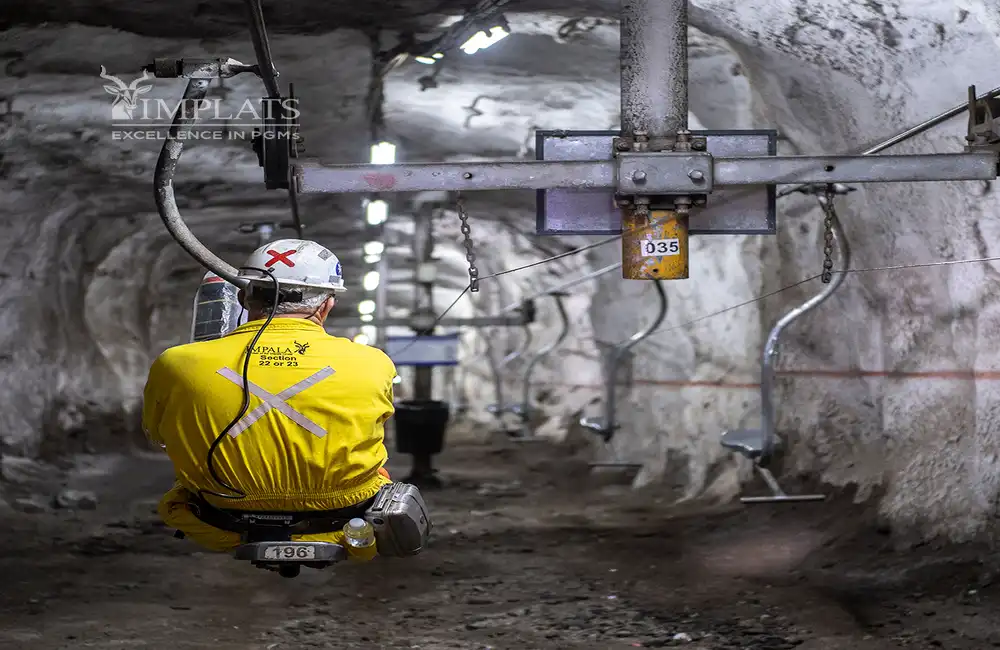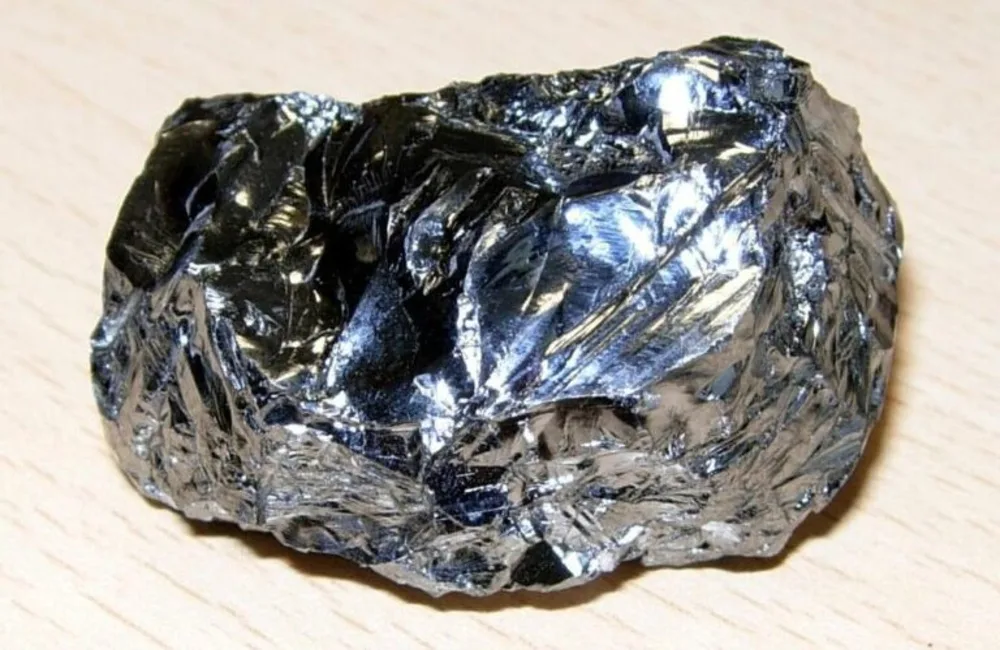While potential supply shortages for battery cathode materials like lithium and cobalt have taken center stage as battery demand continues to ramp up, the same cannot be said of graphite, with the anode material facing the same issues.
Demand for batteries is primarily being driven by growing demand for electric vehicles, with S&P Global Platts Analytics predicting global light-duty EV sales to jump to approximately 26.8 million in 2030, from 6.29 million in 2021.
Demand for graphite will reach three times the worldwide material output by 2030, Tirupati CEO Shishir Poddar told S&P Global Platts.
"1.3-1.4 million mt/year globally produced with most of it (10-15%) going into applications other than energy storage," Poddar said.
“This will require another 4-5 million mt/year of graphite by 2030.” Conservatively 3.5 million mt/year.”
Most production is still a few years away, however, and is currently concentrated in China; a handful of companies are exploring, developing and producing in eastern Africa, and a handful more in Scandinavia and the Americas.
“There have been projects which have begun in Africa, ours included, but the truth is, knowledge of graphite from a metallurgical perspective is still limited, and the learning curve is long...to be a consistent quality graphite producer,” Poddar says.
Tirupati owns the Sahamamy and Vatomina graphite projects in Madagascar and is also acquiring the Montepuez and Balama Central projects from Australia’s Battery Minerals.
Mining projects
The shortage of graphite supply is not because of a lack of resources but rather a lack of mining projects, Walkabout Resources CEO Andrew Cunningham told Platts.
“It’s a big ask, and there are issues with pricing, grades, there aren’t a lot of projects that have grades high enough to sell product above their cost of production,” he said.
“We are lucky we have high grades so we can produce at a low cost,” he said.
Walkabout is advancing the Lindi Jumbo project in Tanzania, which is due to be commissioned in the third quarter of 2022.
Small flake graphite price needed to remain in the current highs of about $800/mt or above for some higher-cost projects to be able to come online, Cunningham said, relative to a normal price of around $500-$550/mt, which is too low for these to generate profit.
“The reality is that China can turn on graphite at certain levels or ramp it up at some of the mines, but if the demand flows as quickly as it’s going to be anticipated, then it’s going to pull graphite out of other applications,” said Cunningham.
There will "definitely going to be some bottlenecks over the next couple of years," one battery analyst told Platts.
“A lot depends on how chemistry evolves from an anode perspective as well as how we view the utilization of silicon and other materials in the cell anode, but I think the largest play is competitiveness across the different end-use segments,” he said.
Although a market imbalance is anticipated, it was not clear whether that would be due to a shift away from synthetic and toward mining natural flake graphite, or a lack of processing capacity, the analyst said.
Because synthetic graphite is a more uniform and standardized product, end-users often mix scratch and natural graphite to best optimize the anode structure.
Natural graphite has ESG advantages, as most synthetic graphite is refined in China, and is made from needle coke, a specialty petcoke grade, which is a byproduct of the oil refining process.
Lack of processing facilities
Mined graphite is typically processed to 95–96% carbon purity at the mine site but has to undergo additional processing elsewhere to produce a spherical, coated 99.95% purity product for use in battery cells.
The great majority of these facilities are located in China, even as mines have been developed elsewhere.
“It’s one of those things where you are trying to localize supply as much as anything and… make sure the quality material is getting into the supply chain,” the analyst said.
Several players are trying to address that.
Tirupati plans to expand its Patalganga facility in Mumbai state and plans to build another in Odisha, with Poddar saying it would seek to build processing facilities in Europe and the US in the future.
Syrah Resources is expanding its Vidalia battery anode material plant in Louisiana to 11,250 mt/year to produce active anode material from its Balama natural graphite mine in Mozambique.
Cunningham said Walkabout is focused on putting the first mine into production and making the plant profitable, but could also consider a downstream option for beneficiating graphite for niche markets in the future.
More investment needed
More investment in graphite mining and processing is needed to ensure supply is sufficient to meet demand, industry players told Platts.
“It’s quite comparable to other battery markets that have seen a long stretch of underinvestment at the upstream level,” the battery analyst said.
Prospective producers and end-users should consider various bipartite arrangements, Poddar said.
“If we provide enough input, that is certainly developing that core expertise, that core projects, decode more resources and develop them, in which all the parties involved would potentially have to play a role… we may provide for our graphite needs at 2030.”
“The ecosystem we have today, we will probably not as of today” that will hit those targets, but “we have time to meet the targets.”
African governments also had to ensure that their regulatory frameworks improved to become more conducive to investment, he said.
While Poddar said graphite could be an attractive asset for investors, BMO Commodities Research Managing Director Colin Hamilton told Platts that, like other battery metals, the field was still new and investors tended to gravitate toward commodities that had a proven track record and that they had comfort with.
“There is interest, but these projects are so small scale and the technical challenges exist,” Hamilton said. “No one knows it. If you are an investor, you are asking what is the graphite price, it is very hard for me to get that; it is not free.”
“It’s the education process and also the visibility people would be wanting price history, which frankly we don’t have, and which makes it difficult to get some of these projects funded.”
He said another issue was that graphite's widespread use in anodes is thought ready for disruption from solid-state batteries, which weakened graphite’s investment case, as few investors wanted to own what was seen as an asset with a five- to 10-year demand cycle.
“What I’d say on the graphite side, and this is true for metals all over, is everybody’s looking for alternatives for that China value chain, and that’s central across the board,” Hamilton said.




















